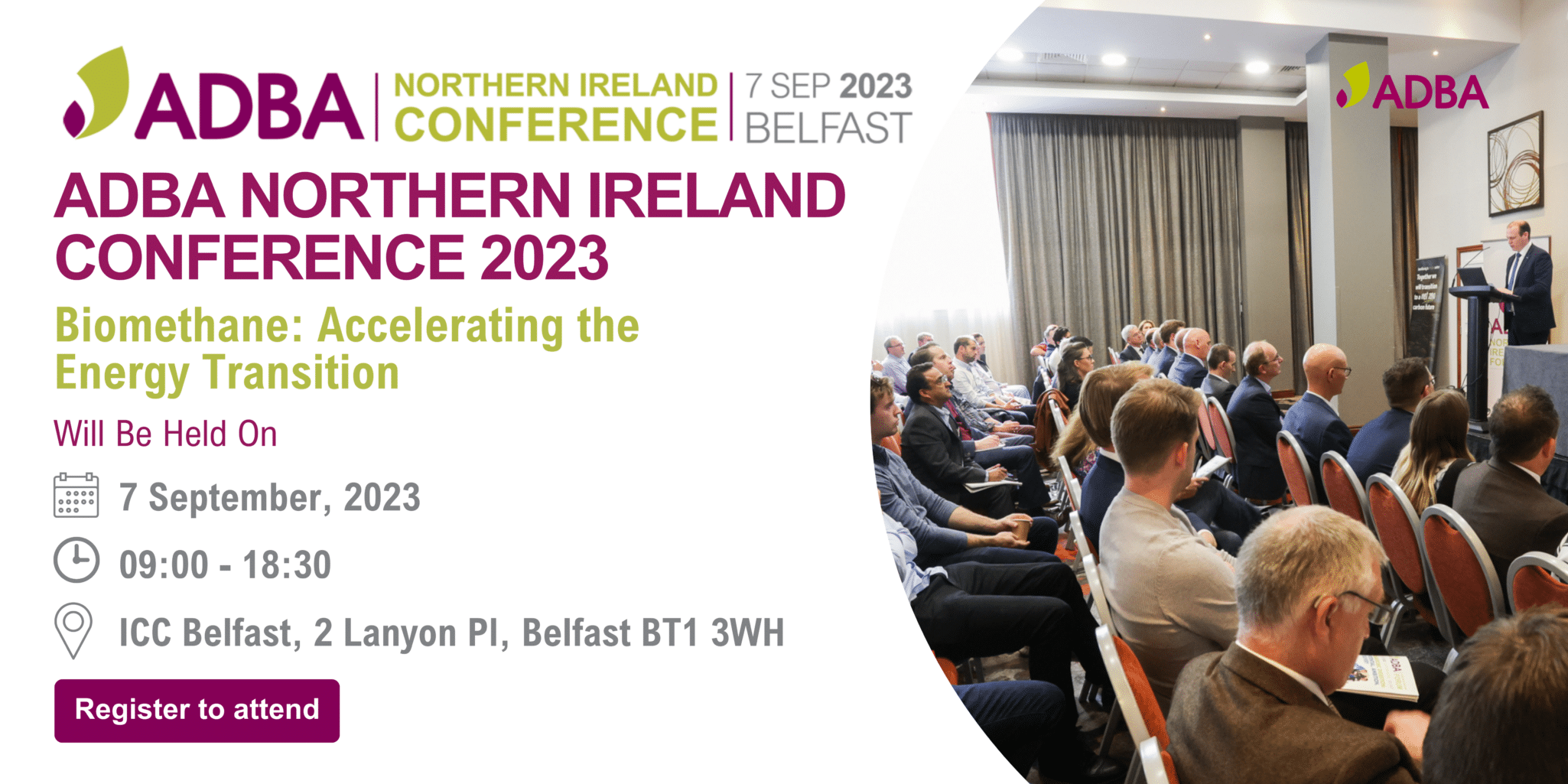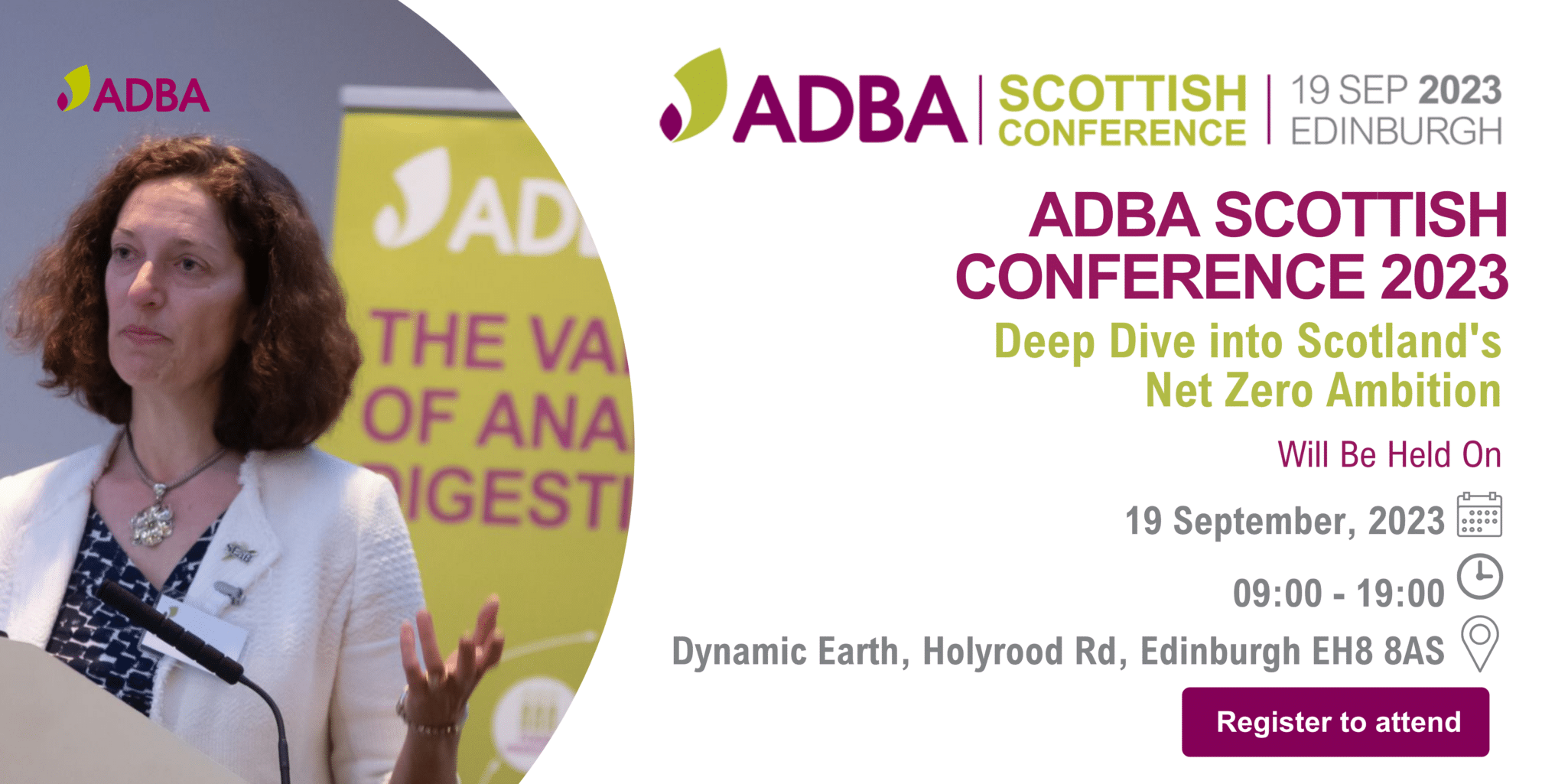Strategy segments:
Policy and Technology
Description:
As the UK strives to net zero, there is a growing demand from both public and private sectors to demonstrate any carbon savings delivered. Considering AD’s ability to decarbonise across multiple sectors, this working group will explore how these sources of carbon savings may be attributed to biogas and quantified within the fuel’s carbon intensity (CI). If the heat and transport sectors are to meet their decarbonisation goals, the CI of energy used must be considered. The market for BMCs already reveals that biomethane with lower CIs command higher prices. This valuation is forecast to increase further, presenting a critical opportunity for biogas to shake its dependence on subsidies.
Suggested aims:
- To discuss methodologies used to calculate CI of biogas (e.g. REDII, LCFS)
- To explore how CI is current valued in the voluntary and compulsory markets, and how this might change in the future
- To assess risk of double counting carbon savings and identify ways of preventing it from occurring
- To establish if and how bio-CO2 utilisation and storage may affect the CI of biogas
- To better understand the CI of bio-hydrogen (with/out CCS) and its potential role in net zero
Suggested deliverables:
- Assessment of the methodologies used to calculate CI of biogas, identifying all factors considered and their relative impact on CI
- Establish a range of carbon intensities expected from different feedstocks (low / average / high)
- Identify cost effectiveness of production utilising feedstock costs and carbon/energy prices
- Develop infographic displaying key findings and present to government bodies
Chair:
David Hurren
Members:
Bohr Ltd., Future Biogas, Nova Q Ltd., United Utilities, Abagri Ltd., Aardvark, Alps Eco Science, BioteCH4, Malaby Biogas
If you haven’t yet joined:
Express your interest. Contact Wasundara Doradeniya at wasundara.doradeniya@adbioresources.org



